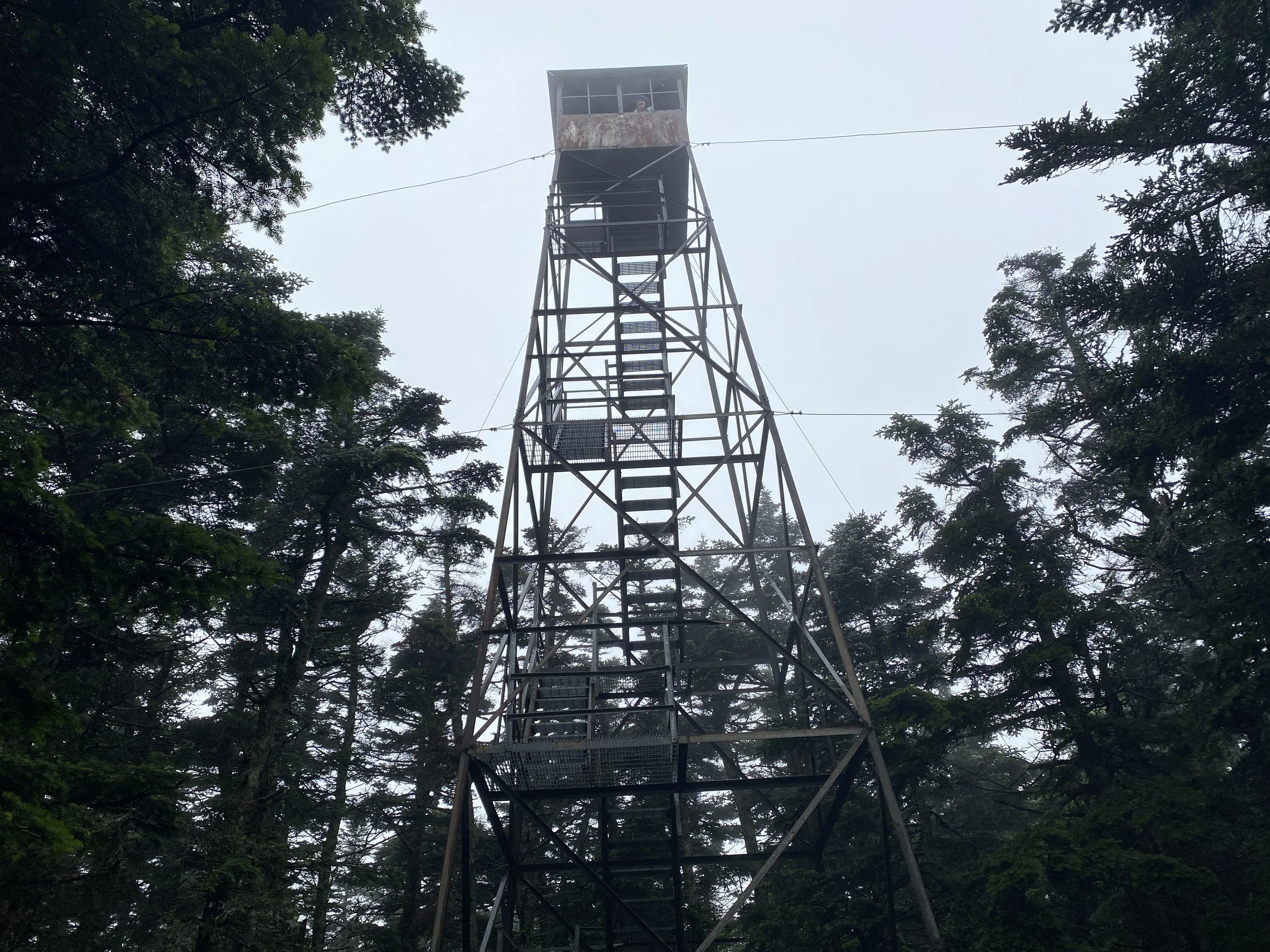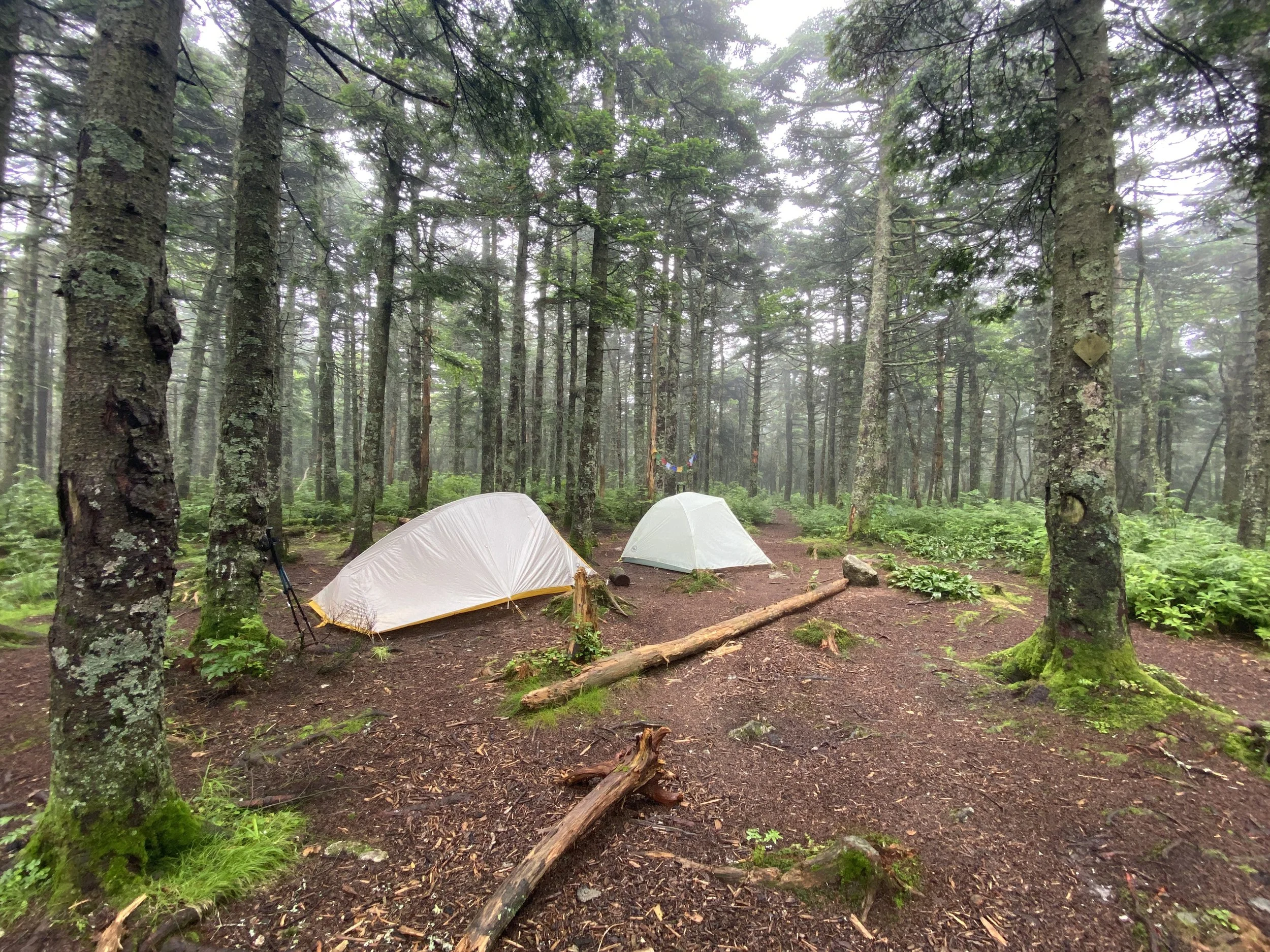Hiking During Mud Season in Vermont
Hiking in spring is one of the most underrated seasons in terms of difficulty. While many people would be inclined to believe that hiking in winter is the most difficult season because of all of the added gear and increased risk, spring is hard for all of the same reasons as winter and then some. Trail conditions deteriorate significantly during the spring.
For a 6 week period of time from the first week of April to the first week of June, the snowpack rots, melts, and finds its way into the streams, brooks, and rivers that cover New England. Snow becomes soft and unstable, making it almost impossible to avoid postholing, even in snowshoes, and the consistency resembles mashed potatoes, sticky, slippery, and wet. Furthermore, once the snow has melted, the trails become oversaturated and begin to look like mini streams and mud pits throughout New England. Snow bridges over raging rivers melt, water levels rise, and the risk of being swept away goes up during springtime more than any other time of year.
For the diehard hikers, spring trail conditions send them ping ponging between the south and north in an attempt to avoid the worst of the snowmelt, mud, and water crossings. But in some regions and in Vermont, specifically, hiking trails close during mud season to minimize damage to the trails.
If you’ve ever hiked through the wonderful state of Vermont you are probably aware of just how well maintained their trails are. Vermont takes great pride in their trail system. As part of their efforts to keep their notoriously muddy trails a bit less bog-like, Vermont closes a lot of their hiking trails this time of year. Prior to setting out for a hike, we recommend checking trail closures and conditions for Vermont hiking. The Departments of Forests Parks & Recreation in Vermont has a wonderful map that is updated with trail conditions and closures. Furthermore, the Green Mountain Club explains very nicely in this article about why they close down trails this time of year.
So what can you do to avoid damaging trails throughout New England this time of year?
One of the best ways to avoid damaging the trails is to avoid hiking on them altogether while mud season is in effect. If the trail is too wet or muddy, turn around, and avoid going around mud because this only leads to further trail erosion. Trails that tend to dry out fastest are south facing or further south in New England. The Wapack Trail is a great place to visit during mud season as this trail is usually mud-free much earlier than trails in the lakes region of New Hampshire, Vermont, and Maine. The Belknap range in the lakes region is another great place to hit the trails in New Hampshire during mud season. If you’re looking for hikes in Vermont, this page has a list of several day hikes that the Green Mountain Club recommends for mud season.
Regardless of where you’re headed, be sure to check trail conditions, weather, and bring/wear proper gear. Summer is right around the corner!



